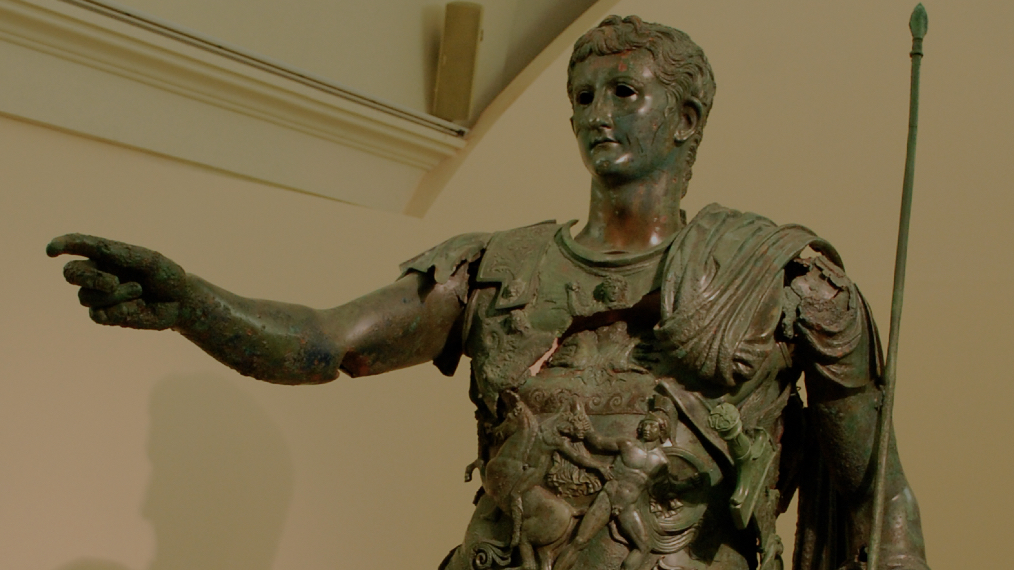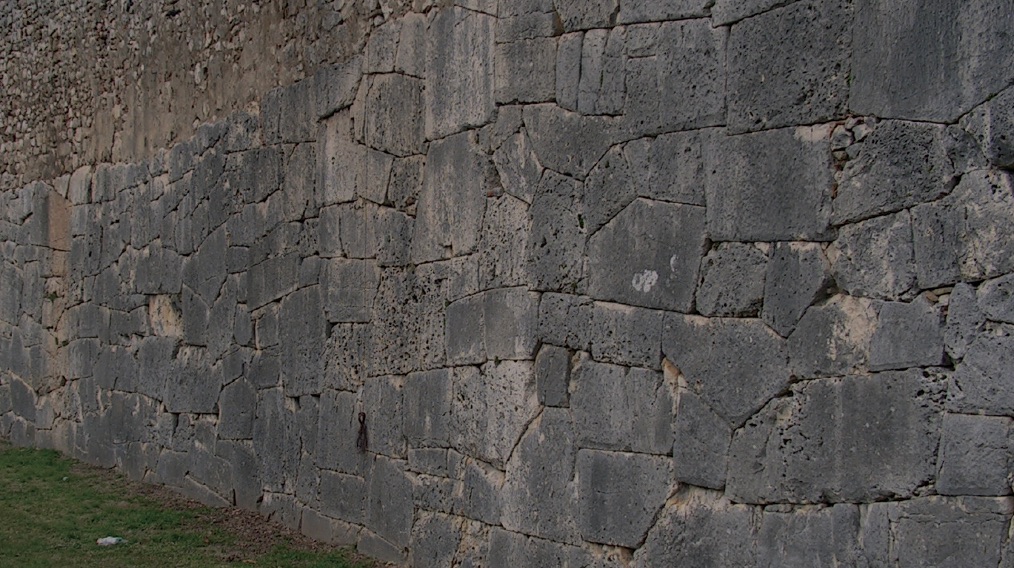The city
DISCOVER AMELIA IN 12 STEPS
Amelia, a city of ancient origins, was founded according to mythology by King Ameròe; Pliny in his Naturalis Historia, quoting Cato, states that the city was founded as early as 1134 BC. The most important evidence of its millennial history is certainly represented by the imposing city walls that encircle most of the town for about two kilometers. Very well preserved is the section formed by the monumental polygonal walls probably built in the 3rd century B.C., also interesting is the small section of the so-called megalithic walls in the upper part of the city made perhaps between the 4th century B.C. A border town, first Umbrian then Roman, Amelia boasts numerous other vestiges of its glorious past: churches, numerous Renaissance palaces and remains of mosaic floors belonging to Roman domus. Amelia, known in Roman times as Ameria, was such a flourishing center of ancient Umbria that it became a municipium in 90 B.C. and was able to mint its own coinage. Frequent trade, especially in agricultural products (oil, wine, figs, apples and pears) and bricks, with neighboring peoples due in part to its favorable location along the Via Amerina. The road, beaten in 240 B.C. on even older local routes, also became one of the oldest pilgrimage routes. After the end of the Western Roman Empire Amelia suffered several devastations due to barbarian invasions, especially by the Goths. With the descent of the Lombards, it found itself disputed between the Duchy of Spoleto and the Byzantine empire, since the Via Amerina had remained the main route of the Byzantine Corridor, the only route that allowed the connection between Rome and Ravenna. In 1065 it gave itself a communal type of organization and was several times the scene of struggles between Guelphs and Ghibellines; in 1307 it definitely entered the possessions of the Papal State until the birth of the Kingdom of Italy.
THE CHURCH OF SAINT FRANCIS
The church of Saint Francis dating back to 1287 still preserves its original Romanesque façade while the interior was completely renovated in the 17th and 18th centuries.
The Chapel of the Geraldini family is a must-see; from the sixteenth-century cloister of the ancient Franciscan convent, there is the entrance to the Archaeological Museum.
CIVIC ARCHAEOLOGICAL MUSEUM
AND "EDILBERTO ROSA" ART GALLERY
With its collection of finds and artifacts, the museum does not only cover the whole history of Amelia, but also houses the majestic bronze statue of Germanicus that is over 2 meters high, and that had been found by chance in 1963 near the Roman Gate.
MARCONI SQUARE
Located in the upper part of the city, the square known in medieval times as Platea Maior still retains the characteristic Loggia del Banditore surmounted by an eighteenth-century public clock as well as the pavement; it overlooks Palazzo Nacci, dating back to the fourteenth century and the imposing Renaissance facade of Palazzo Petrignani.
THE SOCIAL THEATRE
Founded in 1782 by a group of noble and wealthy families of the city, the theatre, built with wood, still preserves manual and perfectly functional stage mechanisms, as well as the precious 1700s curtain and the curtain painted by the skilled hand of Domenico Bruschi at the end of the 19th century.
The theatre has also been the perfect location for popular films and TV dramas.
THE ROMAN CISTERN
In the basement of Piazza Matteotti, the ancient Roman forum, there is a huge cistern for collecting rainwater with a rectangular plan (57.50 m.x19.60 m.; h.5.70 m.) divided into 10 sections communicating with each other; built in the first century. B.C. it is completely restored and can be visited.
THE CATHEDRAL OF SANTA FERMINA
Built in the XI-XII century on a pre-existing church dating back to the sixth century, it was renamed in the 9th century after Saints Fermina and Olimpiade, whose bodies are kept underneath the altar. Following fires and damage, the church had undergone so many radical renovation works, that it ended up changing its style completely.
The Cathedral preserves many artworks from different historical times. Among them, a tombstone from the workshop of Agostino di Duccio, a painting by Federico Zuccari, a Last Supper by Perini, the funeral monuments of the Farrattini family, two banners believed to have been stolen from the Turks during the famous Battle of Lepanto in 1571 and a cross donated by Pope John Paul II.
THE DODECAGONAL TOWER
The tower, often known as civic, has always been considered the bell tower of the Cathedral; 30m high and with a diameter of 31m. Approximately, it has a characteristic dodecagonal plan; presumably built in 1050, it is today the result of three different phases of construction with lots of recycled materials.
A steep spiral staircase leads to the terrace from which you can admire a wonderful 360° degree view.
PALAZZO PETRIGNANI
The noble residence of the family Petrignani, built in the second half of the 16th century and based on a project by the papal architect Ottavio Mascarino, is accessible from Via Duomo. The vaults of the eight rooms on the noble floor are completely frescoed and richly decorated with grotesque motifs.
PALAZZO FARRATTINI
Going down Via Farrattini it is possible to admire the amazing Palazzo Farrattini built in the first half of the 16th century and designed by the architect Antonio da Sangallo il Giovane on behalf of Bartolomeo II Farrattini, high prelate of the Roman curia,
Its design gave the inspiration for the building of the famous Palazzo Farnese in Rome which was later finished with some modifications by Michelangelo.
EXPLORE AMELIA
FROM OUTSIDE THE CITY WALLS
From Porta Romana it is possible to enjoy beautiful walks:
TRACK OF WALLS AND DOORS >
RIO GRANDE RIVER PARK >
CONVENTO S.S. ANNUNZIATA >
Walking along a stretch of the ancient Via Amerina, from Porta Romana in the direction of Giove, shortly after Montenero, leave the main road and follow the signs for the Convent about three kilometers from the city.
The convent built in the 15th century on a pre-existing hermitage belongs to the Franciscans and consists of a beautiful courtyard and the church where the famous Gardner Annunciation by Pier Matteo d’Amelia was originally kept.
The cloister, the Planetarium and the magnificent Permanent Crib by the famous Spanish crib maker Juan Marì Oliva also belong to the convent.
SCUDERIA TRAGUARDO MUSEUM>
The venue is located in the oldest public garage and shed in the city of Amelia. Reopened courtesy of the heirs of Tinarelli Rinaldo, called the “motor wizard”. Inside you will find a vintage cars, modern off-road sports, vintage farm vehicles, motorcycles, with a permanent sections of Amerina motor history, Juke-Box and classic games, library, film library and modeling. The museum organaizes railes with all kind of vehicles… until the finish line!



